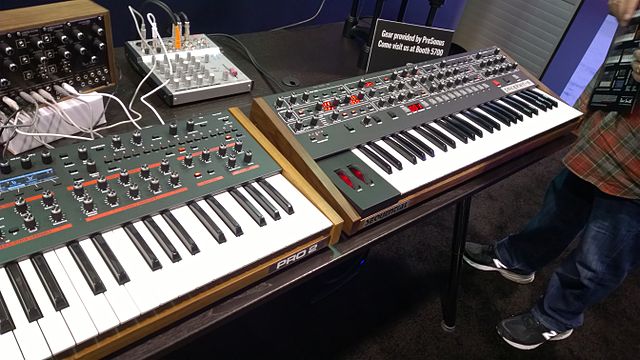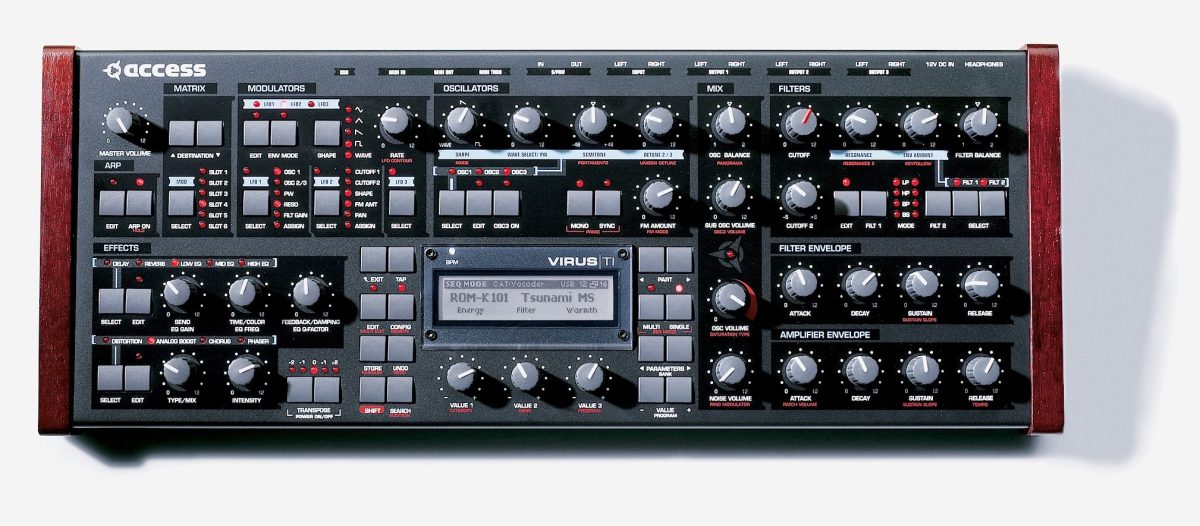Ensoniq was an American electronic musical instrument manufacturer, founded in 1985 by former employees of the Commodore Corporation. The company was known for producing a wide range of electronic keyboards and synthesizers.
In 1985, Ensoniq released their first synthesizer, the ESQ-1, a digital synthesizer and sequencer known for its realistic instrument sounds and advanced sequencing capabilities. The same year they also released the Mirage, a sampler known for its high-quality sound and affordable price.
In 1986, Ensoniq released the VFX, a digital synthesizer and music workstation, known for its advanced synthesis capabilities and wide range of sounds. This was followed by the SQ-80, a digital synthesizer and music workstation, in 1988.
In the early 1990s, Ensoniq released a number of advanced digital samplers and music workstations such as the ASR-10 in 1992, known for its advanced sampling and sequencing capabilities and wide range of sounds, and the TS-10 in 1993, known for its realistic instrument sounds and advanced synthesis capabilities.
In 1996, Ensoniq released the TS-12, a digital synthesizer and music workstation, known for its advanced synthesis capabilities, wide range of sounds, and user-friendly interface.
In 1997, Ensoniq released the DP/4, a digital signal processor, known for its advanced effects processing capabilities and ease of use.
In 1998, Ensoniq was purchased by Creative Technology, a Singapore-based company, and the Ensoniq brand was eventually phased out. The technology, design and expertise of the Ensoniq team were integrated into the parent company and many of the features of Ensoniq products were incorporated into the new products of Creative Technology.
Throughout its history, Ensoniq was known for producing high-quality, innovative electronic musical instruments with advanced synthesis capabilities, realistic instrument sounds, and user-friendly interfaces. The company’s products were widely used by professional musicians and music producers in a wide range of genres, from electronic to rock, to pop and jazz.
Important Models:
- Ensoniq ESQ-1: A digital synthesizer and sequencer released in 1985, known for its realistic instrument sounds and advanced sequencing capabilities.
- Ensoniq Mirage: A sampler released in 1985, known for its high-quality sound and affordable price.
- Ensoniq VFX: A digital synthesizer and music workstation released in 1986, known for its advanced synthesis capabilities and wide range of sounds.
- Ensoniq SQ-80: A digital synthesizer and music workstation released in 1988, known for its advanced synthesis capabilities and wide range of sounds.
- Ensoniq ASR-10: A digital sampler and music workstation released in 1992, known for its advanced sampling and sequencing capabilities, and wide range of sounds.
- Ensoniq TS-10: A digital synthesizer and music workstation released in 1993, known for its realistic instrument sounds and advanced synthesis capabilities.
- Ensoniq TS-12: A digital synthesizer and music workstation released in 1996, known for its advanced synthesis capabilities, wide range of sounds, and user-friendly interface.









